1926 Pontiac Chief
- Price: Ask a price!
- Condition: Used
- Item location: Reading, Pennsylvania, United States
- Make: Pontiac
- Model: Other
- SubModel: chief
- Type: Coupe
- Year: 1926
- Mileage: 25
- VIN: 59730-27
- Color: peter pan blue
- Engine size: 6
- Number of cylinders: 6
- Transmission: 3 speed
- Interior color: grey
- Vehicle Title: Clear
Pontiac Other 1926 Description
Here is an opportunity to own a piece of history. I have for sale a 1926 Pontiac Chief of the Six's. This is the first year for Pontiac. This car has had a complete frame off restoration by Reinhold's Restoration. Every nut bolt has been cleaned, ainted or replaced. This car is as new as they get. We took this car on the road and had it on the AACA show fields. This car is a Grand National Award winner, irst Place. Doesn't get any better than that. Why sell it? We restored it, ad fun with, ook it to a number of AACA meets. Now what? it sist inside. We put about 2 miles on it in 3 years, o for the right price it can be yours. What is the right price for a piece of history? I dont know but im willing to find out. call larry 610-972-3286The 1926 Pontiac
The ’26 Pontiac was the result of Alfred P Sloan’s marketing strategy of an automobile for “every purse and purpose” in which he created a distinct hierarchy from the entry-level Chevrolet to the “standard of the world” Cadillac. Sloan created a team to develop the Pontiac concept along with a new 6 cylinder engine; the name and engine were new, he remainder of the Pontiac was conventional General Motors engineering of the day. Chevrolet and Ford were both 4 cylinder automobiles at this time, ut buyers definitely preferred the smoothness and additional power of a six. The cheapest Oldsmobile was priced $330 more than the most expensive Chevrolet, ence the reason for the Pontiac. Oakland was charged with producing the new car because the market for expensive 6 cylinder cars had been “soft” for several years and Sloan believed that Oakland dealers would benefit from increased show room traffic with the offering of a lower-priced 6 cylinder model.
The new Pontiac six displaced 186 cubic inches; a relatively large engine for a car priced at $825. It was considered quite unconventional in 1926 for having a bore & stroke of 3 ¼ x 3 ¾ inches; the Oldsmobile 6 was 2 ¾ x 4 ¾. Another unconventional feature was the use of 2 identical cylinder heads, hich allowed for the removal of either or both without disturbing the ignition timing, ince the distributor was mounted between them. The compression ratio was 4.6:1 and the engine generated 40 horsepower @ 2,400 RPM. At least one source commented on the fact that the large bore and short stroke would effectively reduce internal friction while offering high power output at a relatively low engine speed. This is exactly what GM claimed for the modern overhead valve V-8 engines that Cadillac and Oldsmobile introduced in 1949! The new Pontiac engine was also equipped with a timing chain as opposed to gear drive for the camshaft; Oldsmobile switched from gear drive to timing chain this year as well. Chains were considered a big improvement over gears; not only were they nearly silent but the reliability was much greater because the working load was spread over a larger surface.
The Pontiac bodies were produced by Fisher and included the “VV” Vision – Ventilation windshield, n
automatic windshield wiper and a rear view mirror. The initial models were a coupe and a 2 door, passenger coach. In August of ’26 a 4 door Landau model became available. According to the January 7, 926 issue of Motor Age; both coupe and coach featured black upper body structures, lack fenders and mud guards; the coach body was Arizona gray with red striping while the coupe was light sage green with similar striping. The 4 door Landau was initially offered in Sedge Green with French Gray striping on the body, ood, ood louvers and wheels. The radiator shells were nickel on all models.
The coach featured a dome lamp and both seats tilted forward to allow access to the rear seat area. Gray corduroy upholstery was standard on the coach body and available for the coupe if you didn’t want leather. Instrument panel lighting was indirect for both models.
The ’26 Pontiac models offered significant luxury and performance for the low price of $825 and it’s no wonder that they were a run-away sales success! No other manufacturer could produce such a high quality automobile for so few dollars plus have the production capacity to satisfy the demand. The only failure of Sloan’s plan was that the Pontiac didn’t prevent Oakland from going under; the last models were produced in January of ‘32 and the company officially became Pontiac in June, 932.
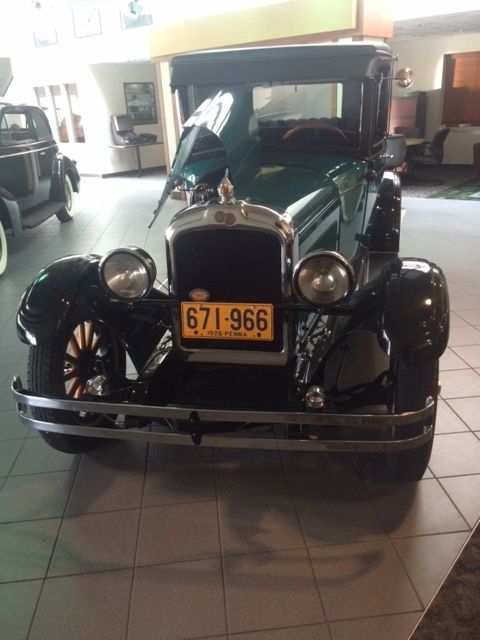


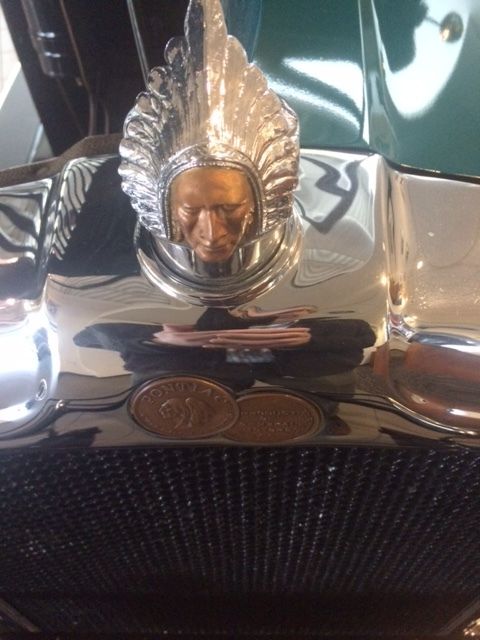
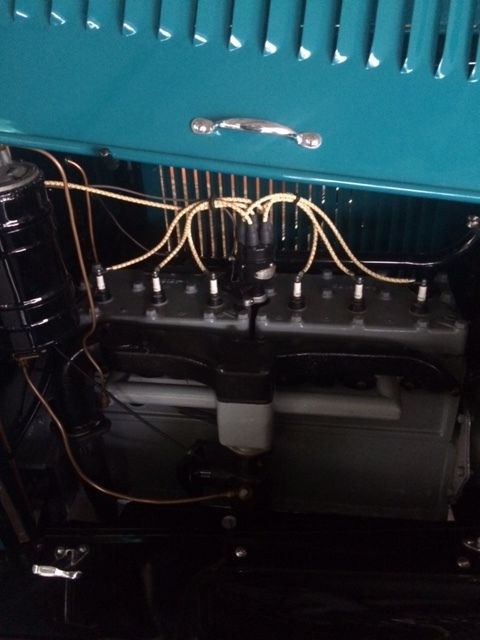
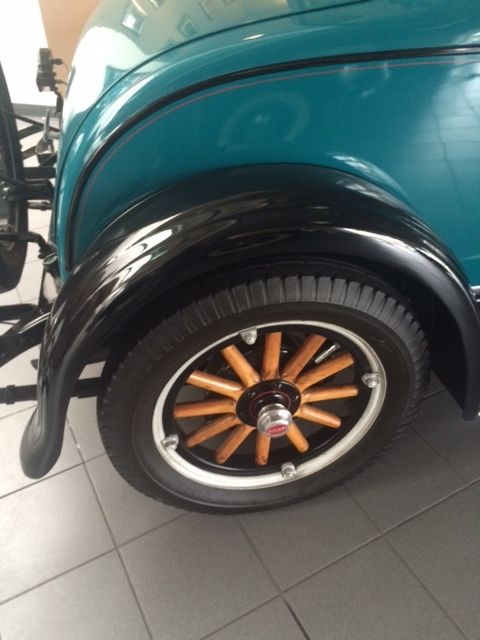
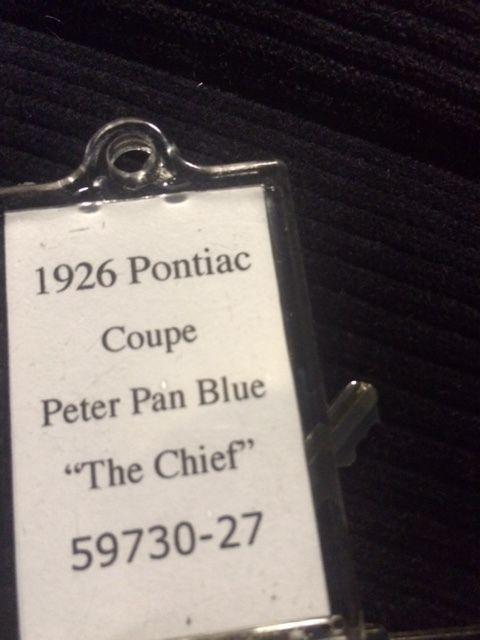
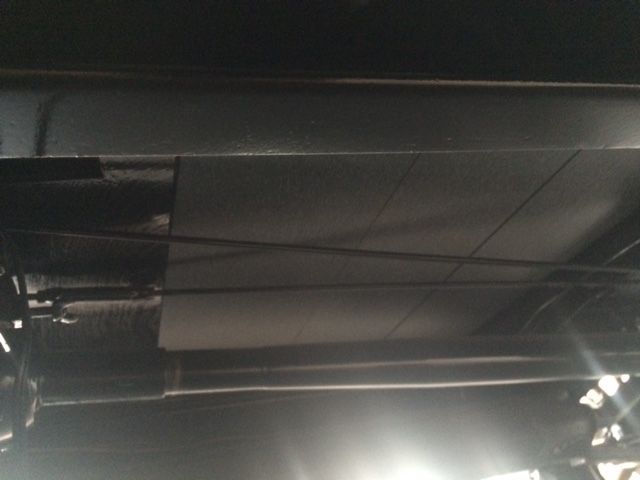
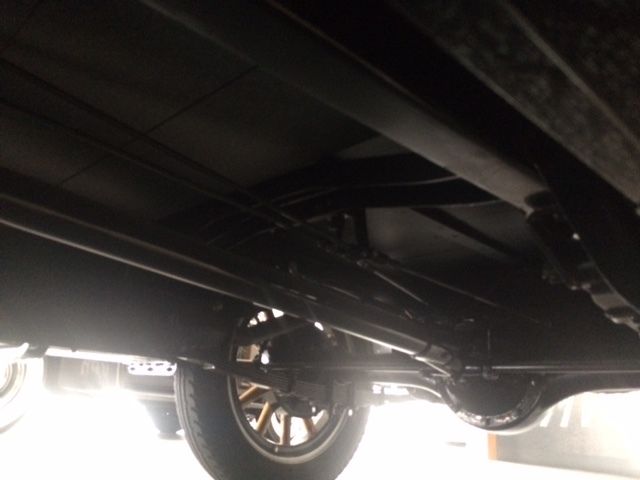
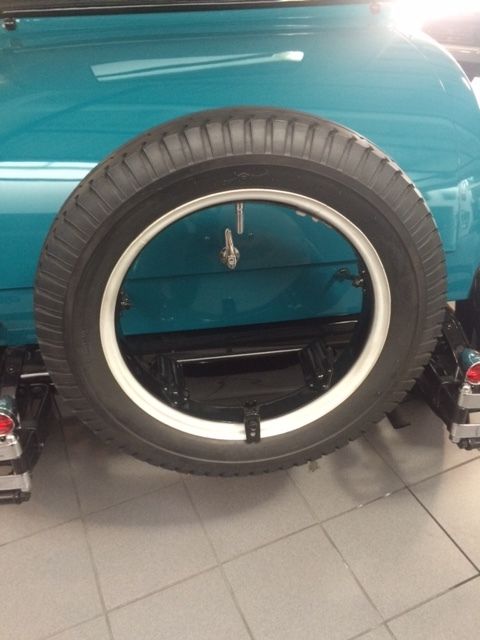

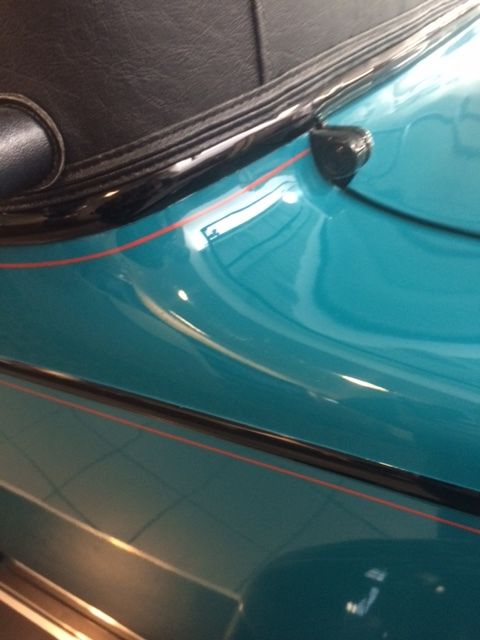
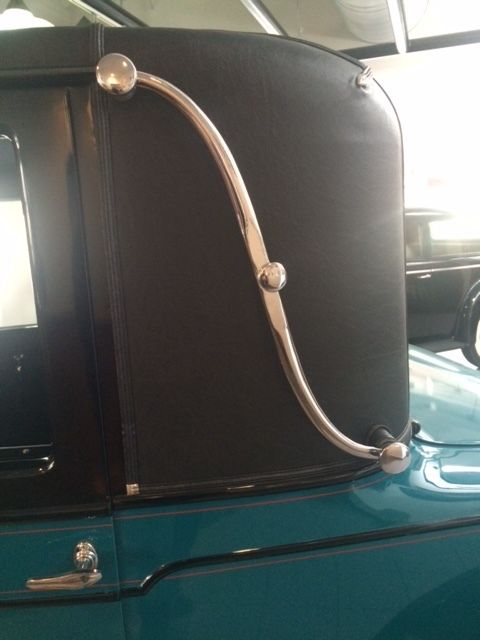
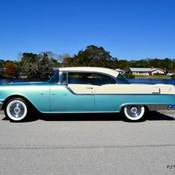 1955 Pontiac Star Chief Star Chief 287 V8 Automatic Real Beauty! 0 Miles Turquoi
1955 Pontiac Star Chief Star Chief 287 V8 Automatic Real Beauty! 0 Miles Turquoi
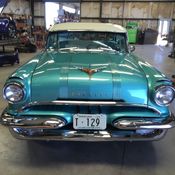 55 pontiac star chief
55 pontiac star chief
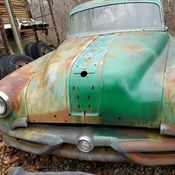 1953 Pontiac Chief 4 Door
1953 Pontiac Chief 4 Door
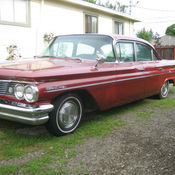 1960 Pontiac Star Chief 6.4L
1960 Pontiac Star Chief 6.4L